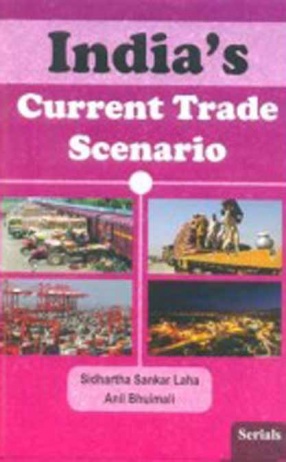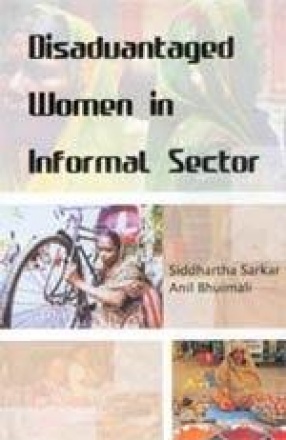India's Current Trade Scenario
Trade performance of a country can be measured from various perspectives - imports, exports, trade balance, total trade, etc, and its growth over the years. Countries across the globe depend on each other to access goods or services. Trade in goods which are similarly classified in production but are not perfect substitutes in consumption is apparently a growing component of world trade. Reduced tariffs enacted by customs unions have resulted in increased gross trade, while net exports and imports within commodity classifications change very little. Trade theory which assumes constant returns to scale and homogeneous goods generally predicts increased specialisation and inter-industry trade. This benefits their citizens and trickles down to the economy. The global market enables nations to trade in a bid to meet their needs. Bilateral trade narrows down to trade between two countries. This trade can be beneficial if proper trade policies are laid down However, bilateral trade may end up benefiting one country more than the other. This book seeks to explain the factors influencing intra- industry trade (IIT) trade using the developed and developing countries trade scenario also offers some reflections on the recent evolution of intra-industry trade theory. These are selective and mainly relate to the interpretations of intra-industry trade in factor proportions models including some recent continuum models.
Get it now and save 10%
BECOME A MEMBER











Bibliographic information
Anil Bhuimali